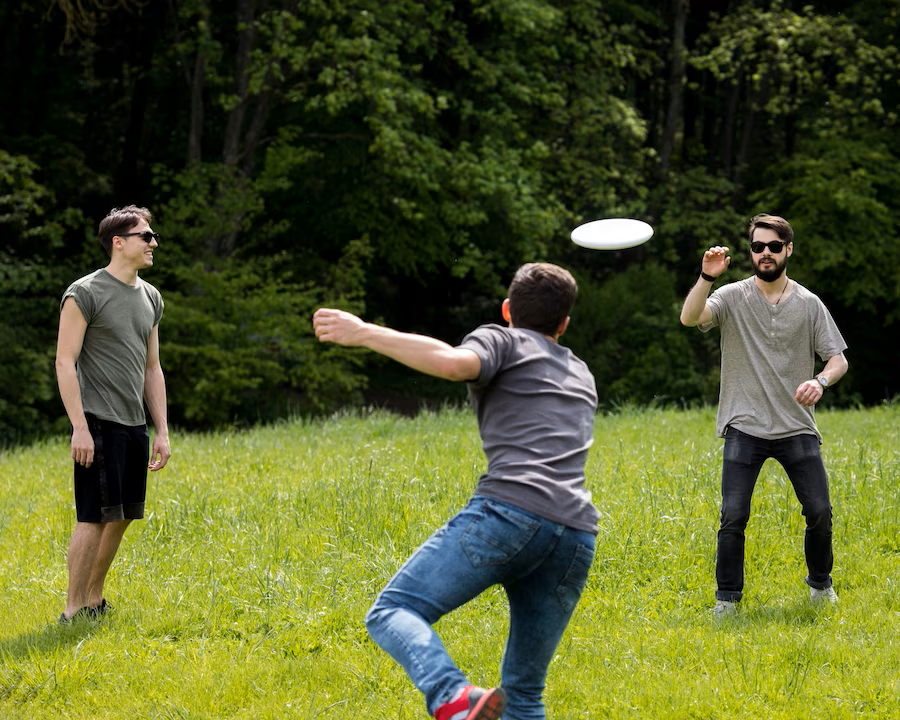What are the five levels of fitness? cannot be answered with certainty because different sources may use different standards and categories. The intensity and length of physical activity, as well as the advantages and disadvantages for your health, can all be used to define the five degrees of fitness. An illustration of how the five degrees of fitness can be described is as follows:
Level 1 is Sedentary. People who only perform relatively light activities, such as walking, gardening, or housework, or who undertake no regular physical activity fall into this category. Chronic illnesses like obesity, diabetes, heart disease, and various malignancies are most likely to strike people at this level of risk. Additionally, their body composition, flexibility, muscular strength, muscular endurance, and cardiorespiratory fitness are all subpar.

Level 2: Moderate activity. People who engage in at least 150 minutes of moderate-intensity physical exercise per week, such as brisk walking, cycling, swimming, or dancing, are considered to be at this level. Compared to sedentary persons, those at this level have a lesser risk of developing chronic diseases, but there is still potential for development in terms of fitness.

Level 3 is “Active.” People who engage in vigorous-intensity physical activity, such as running, hiking, aerobics, or sports, for at least 75 minutes each week, or who combine moderate and vigorous activity for at least 150 minutes each week, are considered to be at this level of activity. In addition to having a high degree of cardiorespiratory fitness, muscular strength, muscular endurance, flexibility, and body composition, individuals at this level have a much lower chance of developing chronic diseases than sedentary and inactive individuals.

Level 4: Extreme activity. People who engage in vigorous-intensity physical activity for more than 300 minutes a week or more than 450 minutes a week of a combination of moderate and vigorous activity are considered to be at this level. People who are at this level are superb athletes and have even lower rates of chronic diseases than those who are active. They might, however, also be more susceptible to burnout and overuse issues.

Level 5: Elite. This category describes those who engage in prolonged, extremely intense physical activity, such as professional sports or members of the armed forces. People at this level exhibit high levels of fitness and may have health advantages not observed in people at lower levels. But they also run a very high risk of overuse injuries, exhaustion, dehydration, heat stroke, and other critical health issues.

Based on the quantity and duration of physical activity, these are some potential definitions for the five degrees of fitness. It is crucial to keep in mind that these levels are relative and not absolute, and that they can change depending on the age, gender, heredity, aspirations, and general health of the person. Therefore, it is wise to seek advice from a doctor or a trainer before beginning or changing your exercise regimen.
